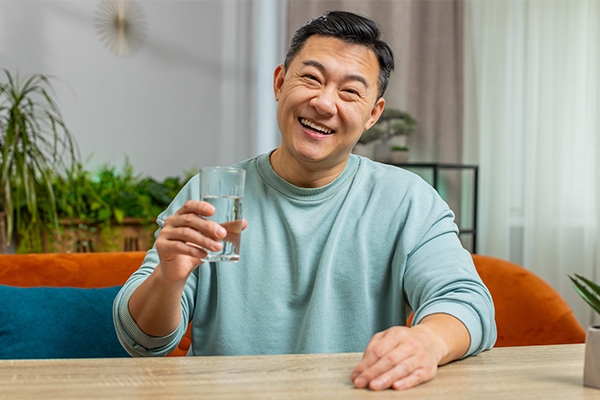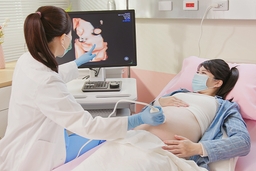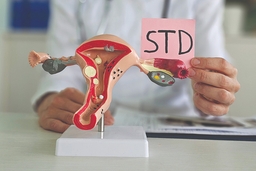Testosterone Replacement Therapy: What Men Should Know

As men age, many men begin to experience physical and emotional changes that aren’t always easy to understand. Decreased libido, muscle wasting, chronic fatigue, and mood swings may be to blame. It may not just be aging—it’s declining testosterone levels. That’s why testosterone replacement therapy is gaining attention as a solution to maintaining vitality and quality of life in adulthood.
Testosterone is the primary male sex hormone produced in the testes. Since in the womb, this hormone plays a role in forming the reproductive organs.
During puberty, testosterone triggers physical changes, such as the growth of facial hair, the development of muscle mass, and the deepening of the voice. In adulthood, testosterone plays a major role in male sexual function and vitality.
However, like estrogen in women, testosterone levels in men also decline with age. The average decline occurs about 1% each year after age 30 or 40.
Why can testosterone levels decrease?
In addition to the natural aging process, testosterone levels can also decrease due to various factors such as
- injury to the testicles;
- cancer therapy, such as chemotherapy or radiation;
- diseases involving the pituitary gland;
- use of certain medications, including steroids.
This decline isn’t just about numbers on a lab test—it can impact your quality of life, including your daily productivity, mental health, and sex life. This condition is known as hypogonadism.
What is hypogonadism?
Hypogonadism is a medical condition in which the body doesn’t produce enough sex hormones. In men, hypogonadism is also known as testosterone deficiency, or a condition in which the body doesn’t produce enough testosterone.
Problems with the testicles, hypothalamus, or pituitary gland in the brain can cause this condition. Data shows that hypogonadism occurs in about 19% of men in their 60s, and this number increases with age.
Symptoms of low testosterone are:
Psychological and cognitive symptoms:
- depression;
- lower self-confidence;
- difficulty concentrating;
- sleep disorders.
Physical symptoms:
- reduced muscle mass;
- breast enlargement or tenderness;
- increased body fat;
- fatigue;
- flushness or hot flushes.
Sexual symptoms:
- decreased sexual desire;
- reduced spontaneous erections;
- difficulty maintaining an erection.
Testosterone Replacement Therapy (TRT)
TRT is one treatment option for low testosterone levels. The goal is to restore hormone levels to normal levels and relieve symptoms.
The benefits of TRT include
- improving mood and mental health;
- increasing muscle mass and bone density;
- increasing sexual desire and function;
- reducing fatigue;
- improving heart health;
- helps with metabolic management, such as diabetes;
- improving cognitive function and focus.
It is crucial to note that these benefits differ from person to person, depending on health conditions and the level of hormone deficiency.
TRT method and monitoring

One of the most common methods of testosterone replacement therapy is intramuscular injections. Injection is administered by a medical professional and tailored to the patient's needs.
To be safe and effective, therapy must be accompanied by regular monitoring, including:
- regular testosterone level checks;
- heart disease risk screening;
- monitoring for symptoms of prostate enlargement.
TRT side effects
While it offers many benefits, TRT is not without risks. Some side effects to watch out for: Mild side effects include fluid retention, acne, and increased urination. More serious side effects include:
- enlarged breasts;
- shrinkage of the testicles;
- worsening sleep apnea;
- increased cholesterol;
- decreased sperm count (risk of infertility);
- increased red blood cell count.
TRT can be an effective option for treating symptoms of low testosterone. However, the decision to undergo TRT should be based on a precise diagnosis and close medical monitoring.
If you want to consult a doctor regarding your health condition, visit the GWS Medika Kalibata Clinic.
TRT is not a quick fix, but it can effectively improve a man’s quality of life as he ages—if used correctly.



